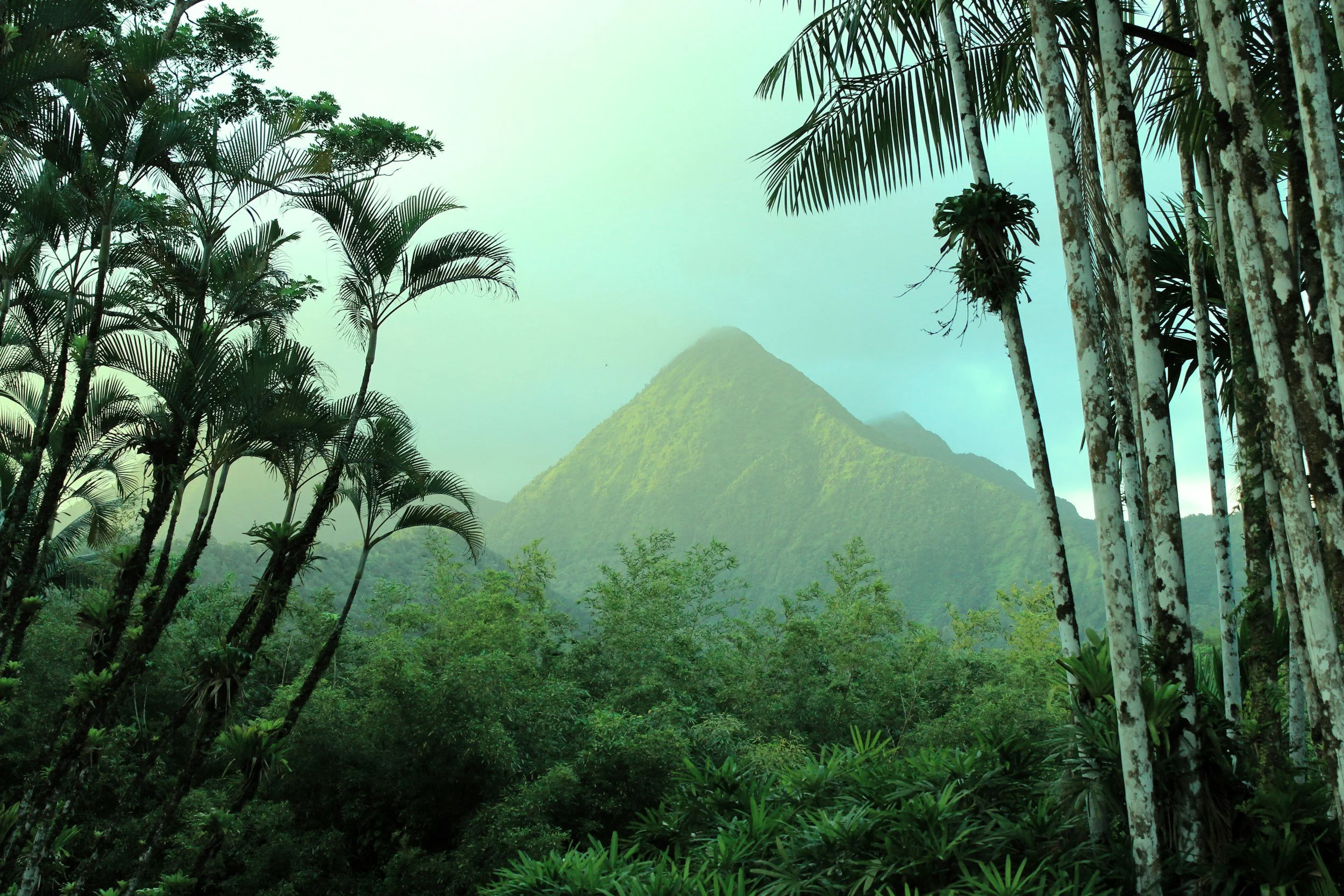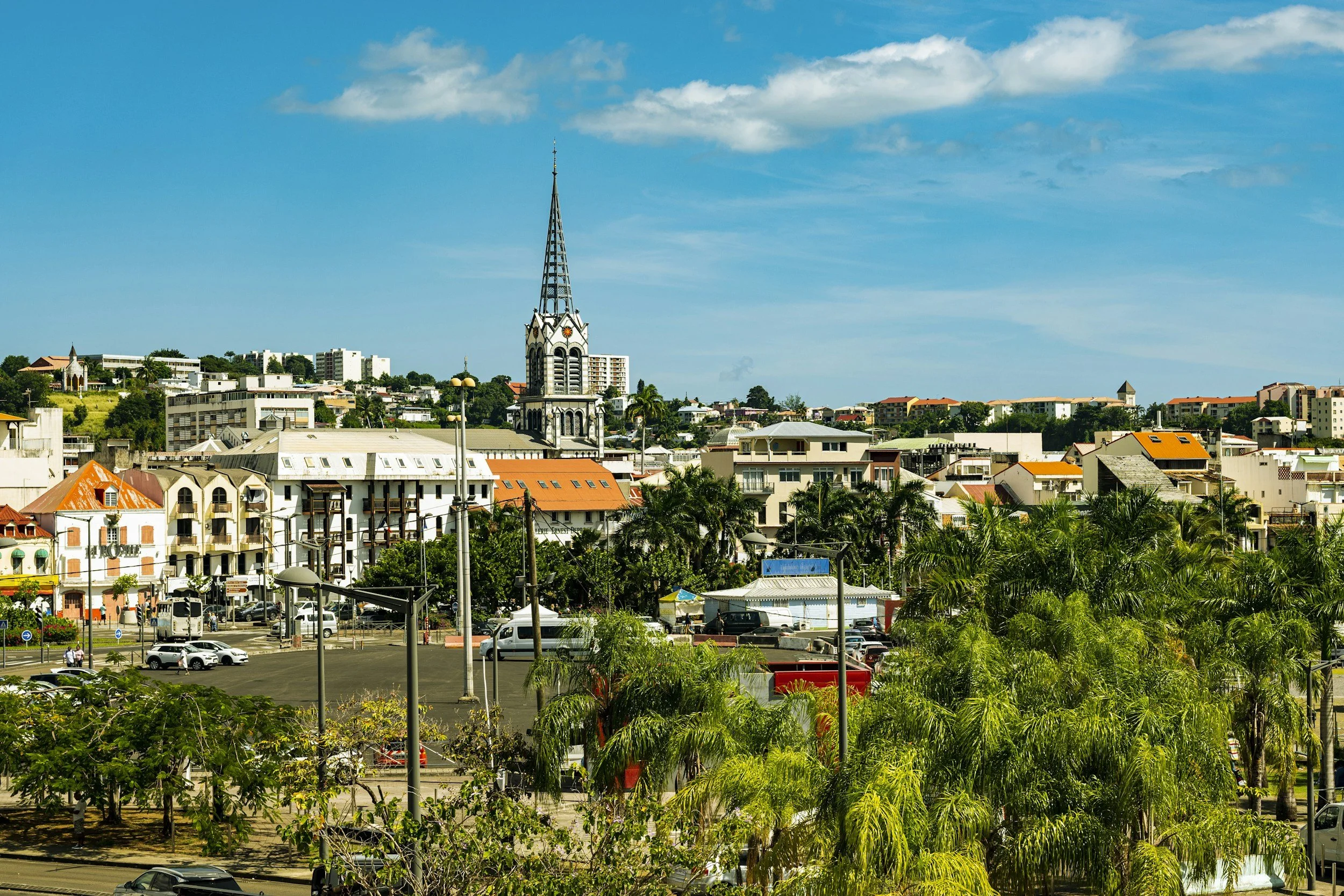Exploring Martinique: A Quintessential Caribbean Travel Guide
Situated in the cradle of the Lesser Antilles, Martinique emerges as an enchanting gem perfect for travellers seeking a blend of French sophistication and Caribbean relaxation. This island, often overshadowed by its more famous neighbours, offers a rich tapestry of experiences that lure visitors into its vibrant culture, stunning landscapes, and unparalleled gastronomy.
Geography and Climate: A Mosaic of Natural Wonders
Martinique’s diverse geography ranges from volcanic peaks to lush rainforests and idyllic beaches. The island’s crown jewel, Mount Pelée, is an active volcano that dominates the northern landscape. Hiking enthusiasts can embark on various trails to its summit, rewarded by panoramic views of the island and the sparkling Caribbean Sea. The island benefits from a tropical climate moderated by northeast trade winds, making it a year-round destination for sun seekers.
Cultural Mélange: Where France Meets the Caribbean
Martinique strikes a fascinating balance between European refinement and Afro-Caribbean vitality. The official language is French, but Creole dialects echo through markets and village squares. This cultural interplay manifests in music—zouk rhythms pulsate alongside classical French tunes—and in vibrant festivals that celebrate both Catholic traditions and ancestral African roots.
Culinary Delights: A Feast for the Senses
Food lovers will find Martinique a paradisical culinary landscape. The island’s cuisine is an aromatic symphony, blending French culinary techniques with Creole spices and local ingredients like fresh seafood, tropical fruits, and peppers. Must-try dishes include accras (fried cod fritters), Colombo (a curry-like stew with meat and vegetables), and the bittersweet ti-punch—an iconic rum cocktail that embodies the island’s spirit.
Must-See Attractions and Activities
Fort-de-France: The island’s capital is a bustling hub characterised by colonial architecture, lively markets filled with tropical produce and handicrafts, and the imposing Schoelcher Library designed in neo-classical style. It’s a place that invites leisurely exploration and cultural discovery.
Les Anses d’Arlet: This charming fishing village boasts some of Martinique’s most picturesque beaches, where turquoise waters fade into coral reefs, perfect for snorkelling and diving.
Jardin de Balata: A botanical garden showcasing an impressive collection of tropical flora, giving visitors a sensory immersion into the island’s natural beauty.
Distilleries: Given Martinique’s reputation as a rum-producing titan, touring distilleries like Habitation Clément or Saint-James offers insight into the island’s agricultural heritage and artisanal mastery.
Travel Tips: Navigating Martinique Gracefully
Visitors are advised to rent a car to explore the island’s diverse regions thoroughly. While the official language is French, many locals in tourist areas are bilingual, though a few basic French phrases will unlock friendlier interactions. Accommodations range from boutique hotels to charming guesthouses and eco-lodges, making it accessible to different budgets.
In Conclusion
Martinique invites travellers to wander off the beaten path, promising an experience imbued with natural splendour, historical depth, and culinary richness. Whether it’s the allure of volcanic hikes, the rhythmic pulse of Creole music, or the flavour explosion on a forkful of island fare, this Caribbean jewel sparkles with a distinct charm that lingers long after departure. For those craving a travel adventure with subtle European finesse and hearty island warmth, Martinique is a destination that beckons with open arms.
For another great Caribbean destination, check out our Travel Guide to Dominica



